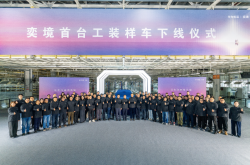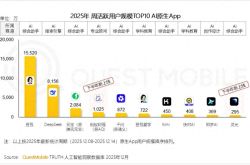Knockout Rounds Commence in Auto Industry's Second Half: Pure Vision and Outdated Batteries Lose Favor
![]() 07/21 2025
07/21 2025
![]() 486
486
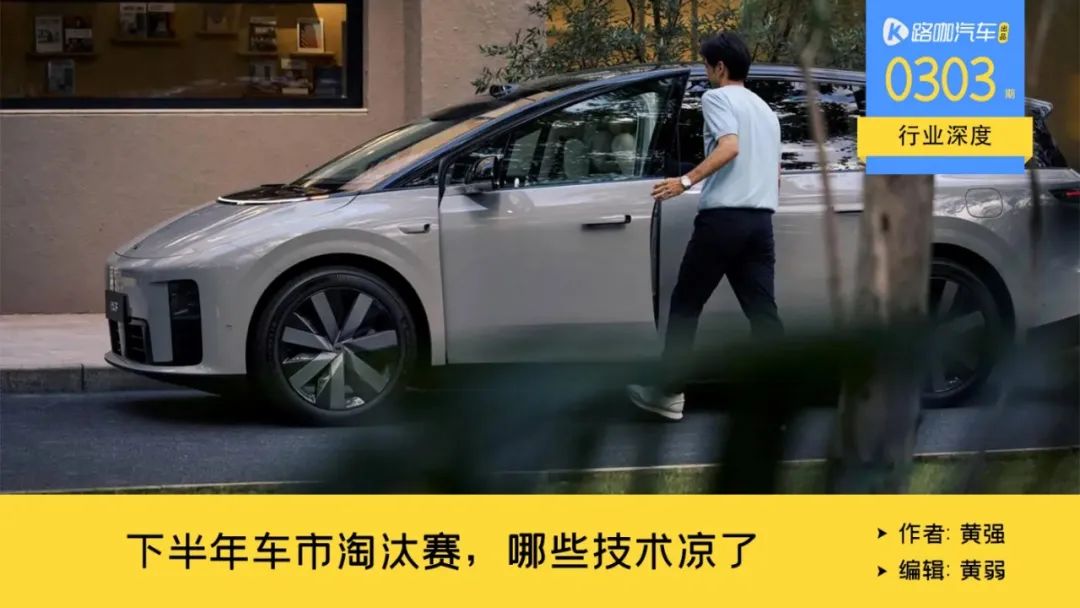
The technological shifts witnessed in smartphones eight years ago are now playing out in the automotive industry.
Since 2015, side fingerprint unlocking has been the norm for smartphones. However, with the advent of fullscreen displays, under-screen and rear fingerprint unlocking gained popularity in 2017. Eight years later, Huawei Mate70's re-optimization of side fingerprint unlocking technology has reinvigorated its market presence.
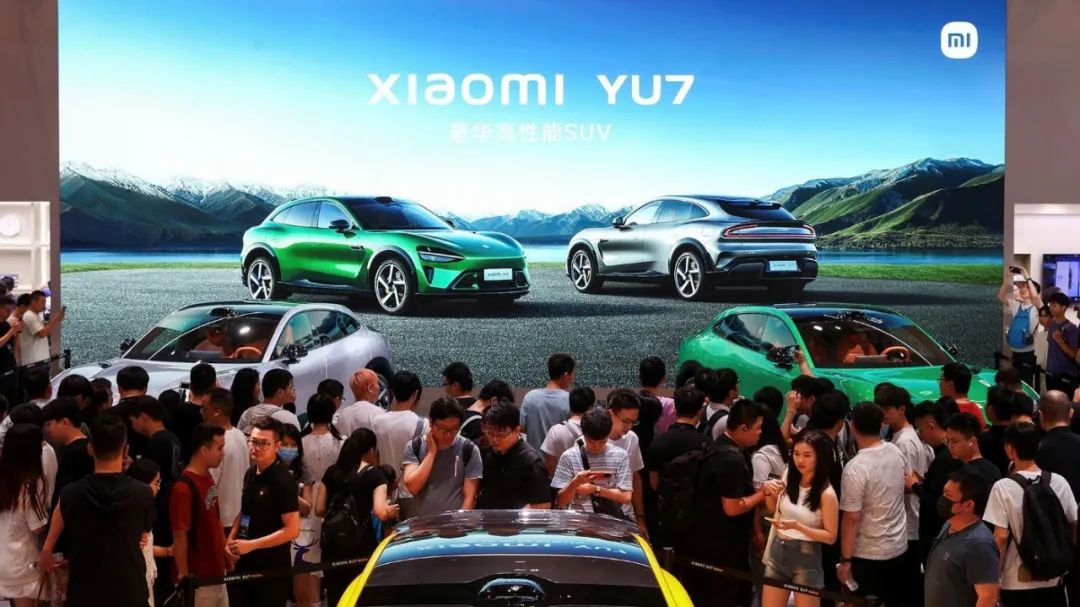
June saw the launch of Xiaomi YU7, followed by Xiaopeng G7 and LeDao L90 in July. Additionally, BMW and Momenta announced their collaboration, and new models from the 396th and 397th batches of MIIT declarations emerged, including Tesla Model YL (estimated price of 400,000 yuan), the third-generation NIO ES8, pure electric Wenjie M8, the prematurely leaked interior of Lixiang i8, Geely Xingyao 6 targeting BYD Qin L, revamped Lynk & Co 07/08, and more. Official images of Hongmeng Smart's Enjoy S9T, spy shots of the new Wenjie M7, and the upcoming ZERO Run B01 were also unveiled.
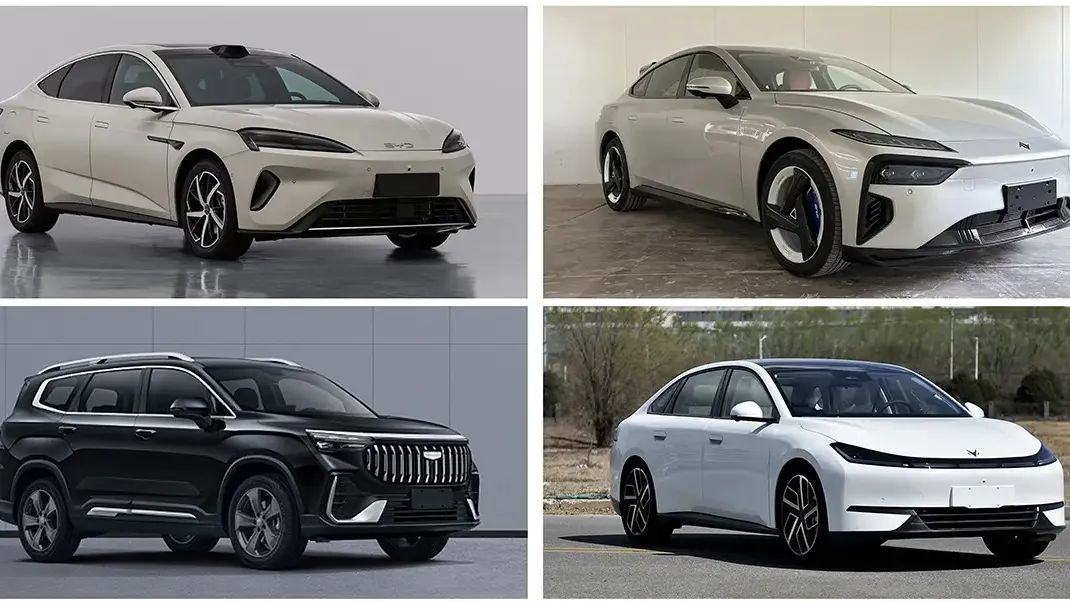
These announcements convey a common message: as the most impactful pioneering force in the second half of this year, many automakers share similar technological choices, reflecting similar consumer demands and marking the decline of outdated technologies. This is simply the inexorable wheel of history.
A Typical Feature of Intelligent Driving: The Decline of Pure Vision
The first notable feature in this new wave of product launches is that, in today's competitive landscape, the vast majority of automakers have opted for lidar + camera sensor solutions. Unlike before, when only lower-priced cars relied on pure vision, lidar is now entering the 100,000 yuan price range, and not just by new players but also traditional automakers.
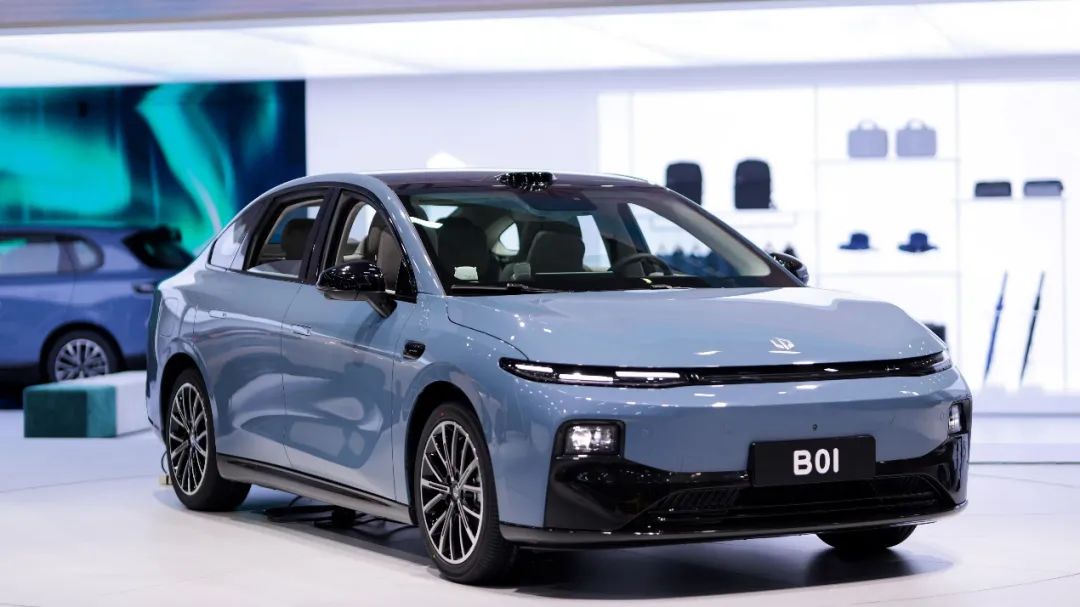
In this new batch of vehicles, lidar is being integrated starting at the 100,000 yuan price point. ZERO Run B01 has already started presales, with two lidar-equipped versions priced at 125,800 yuan and 135,800 yuan, respectively, breaking the market rules set by Xiaopeng MONA M03 half a year ago.
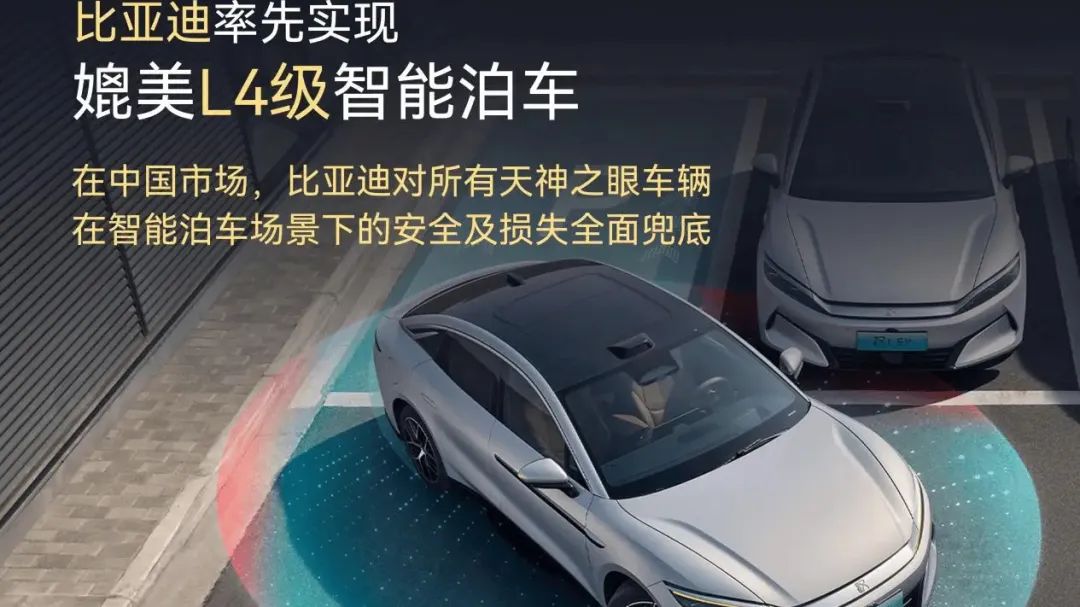
Interestingly, right after ZERO Run B01's presales began in late June, BYD launched a million OTA updates in early July, elevating its intelligent parking assistance to the officially announced L4 level, with compensation coverage for any automatic parking collisions. Xiaopeng MONA M03 has recently seen a decline in store arrivals and transactions.
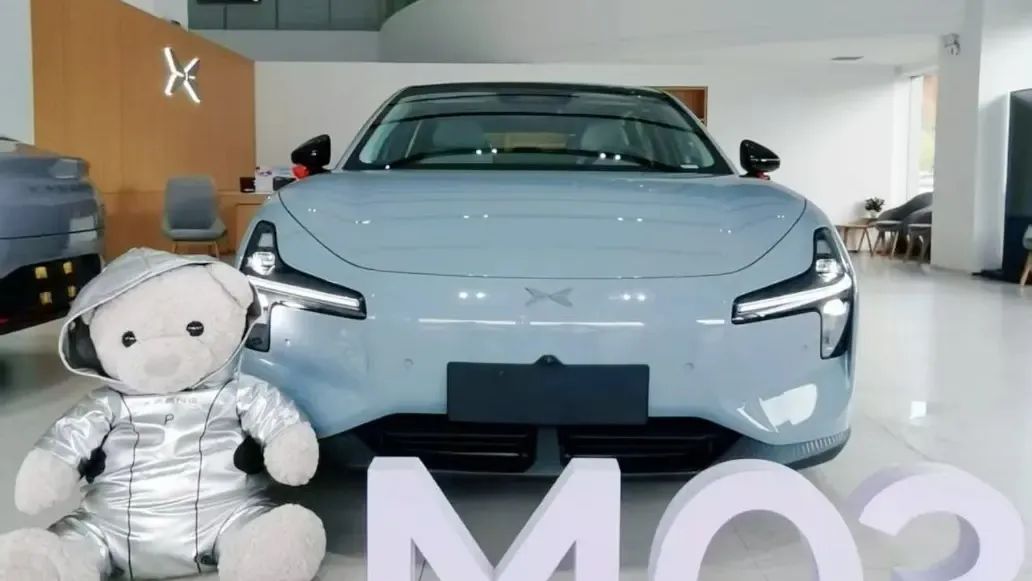
Following ZERO Run's pricing trends, when ZERO Run B01 launches on July 24, the list price is expected to drop further from the current starting price of 105,800 yuan. Moreover, Changan Automobile officially announced earlier this year that it will introduce lidar into 100,000 yuan models in the second half of this year, intensifying Xiaopeng's sales pressure with the launch of Qiyuan's new car.
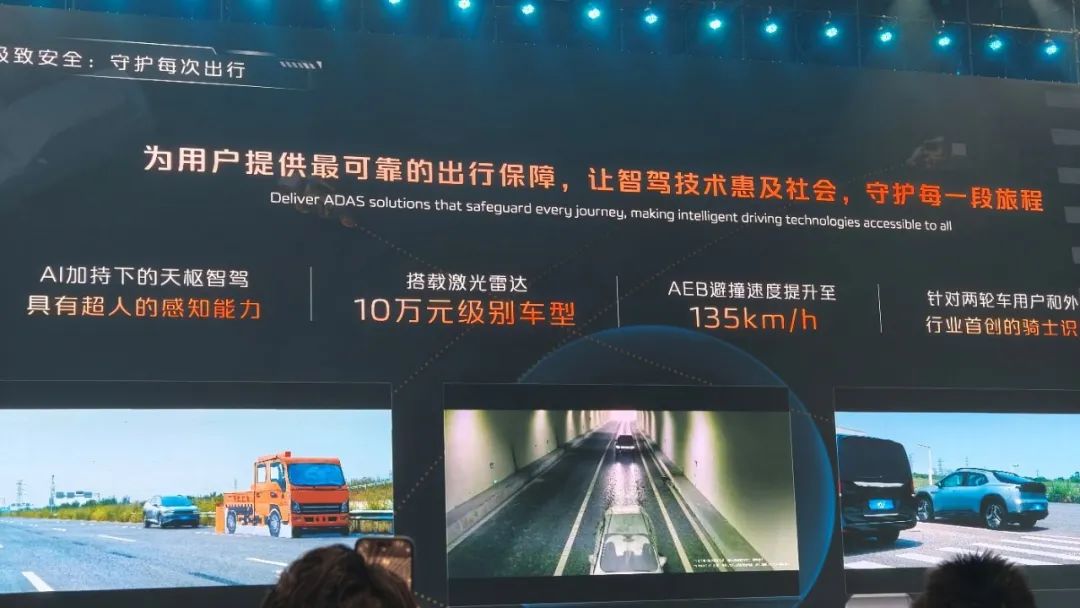
The debate on whether lidar or pure vision is superior has been ongoing. The primary technical question revolves around which system to prioritize in situations where visual and lidar perceptions conflict. With the rapid growth of large domestic models in China, these issues are being swiftly resolved.
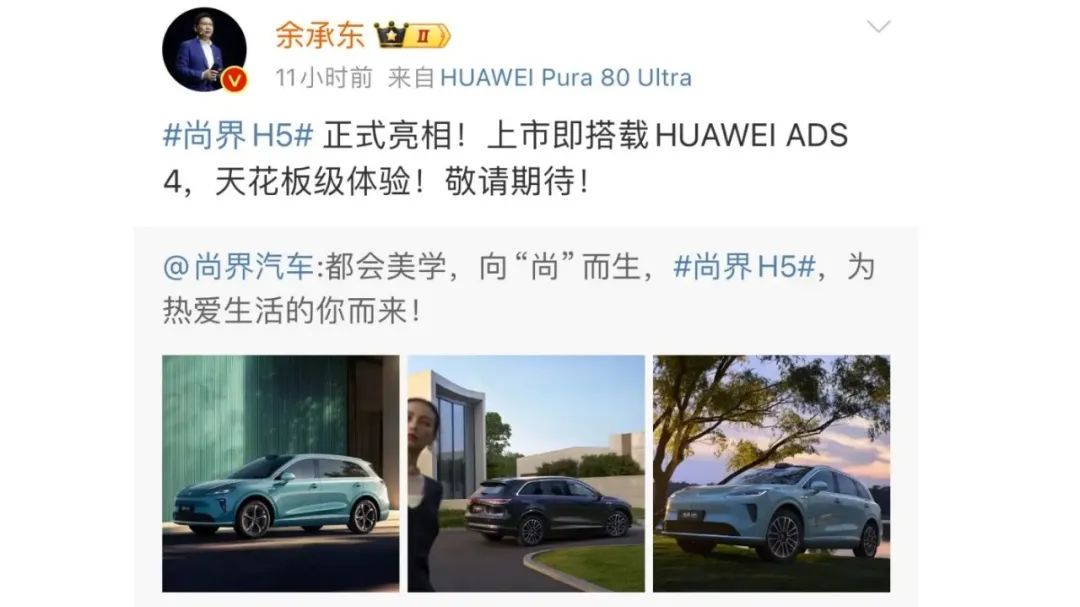
Besides lidar gaining traction in the 100,000-150,000 yuan price range, the 150,000-200,000 yuan segment, traditionally dominated by pure vision, will also face new challenges. Huawei and its partners are once again pushing the envelope. The first model from Huawei and SAIC's joint venture, Shangjie H5, has confirmed that the high-end version will come with Huawei's Kunlun ADS4 intelligent driving assistance equipped with lidar, with the mid-range version also expected to have it, priced within 200,000 yuan. Additionally, RDI is set to be a game-changer, with sales soaring due to the launch of the new RDI FREE+. This model comes standard with Huawei's full-strength capabilities (ADS4 + HarmonyOS 5 cockpit), priced 9,000-18,000 yuan lower than the previous model.
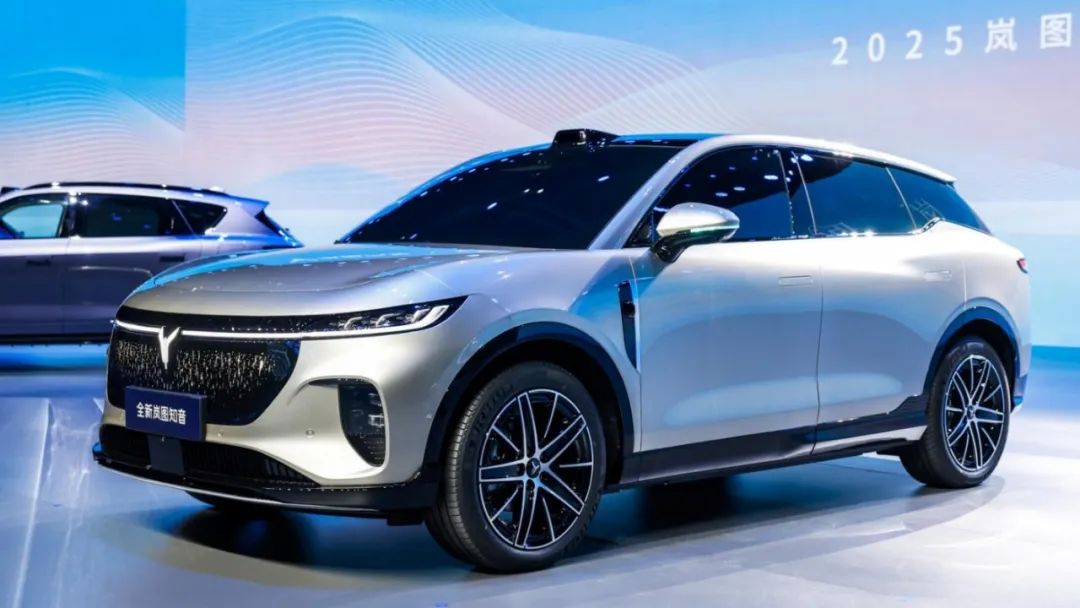
RDI has confirmed that it will also offer full-strength Huawei capabilities. The current model has a guided price range of 196,900-236,900 yuan, suggesting its inevitable entry into the 200,000 yuan price range, significantly impacting non-lidar intelligent driving models in the 150,000-200,000 yuan segment, putting Xiaopeng Automobile under pressure. Despite being the first automaker to introduce lidar at affordable prices, Xiaopeng abandoned it after producing and selling tens of thousands of vehicles.
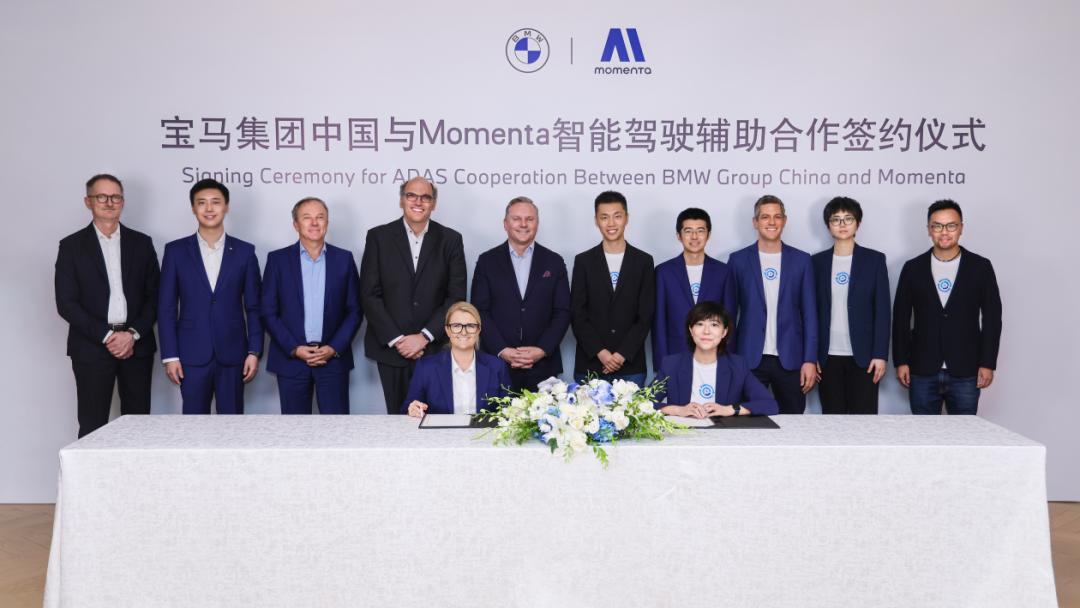
The new models from BMW and Momenta's collaboration, the popular Wenjie M8, the new Wenjie M7, and Enjoy S9T all come with lidar. Xiaomi YU7, which set a record for Chinese auto orders, also offers lidar as standard across all models.
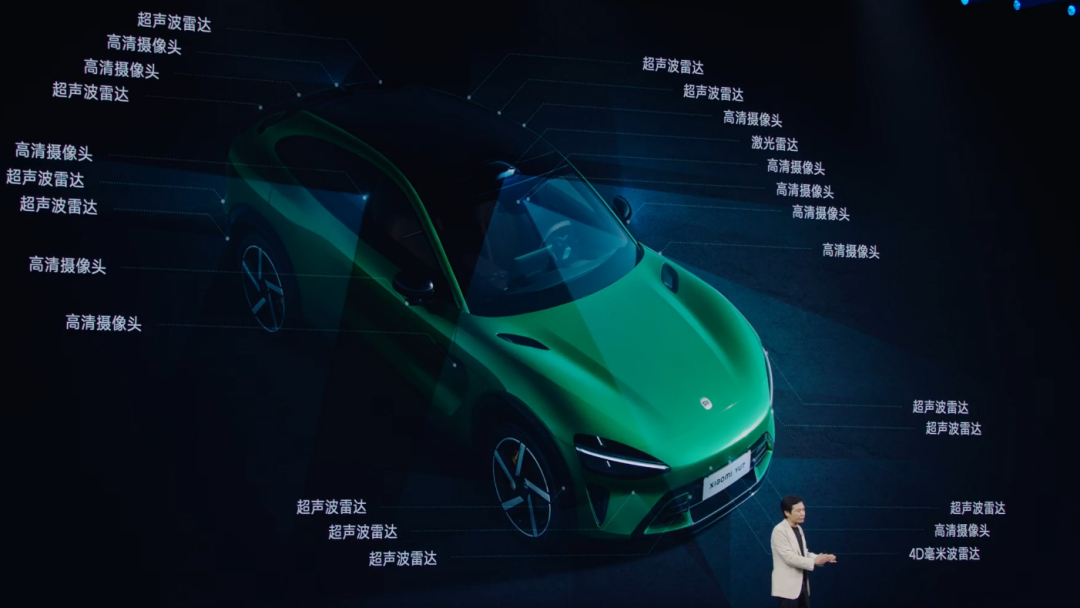
However, this does not mean non-lidar models have no chance of survival; they must offer extreme cost-effectiveness, like Geely and LeDao, to compete.
Beyond Intelligent Driving Assistance: The Decline of Outdated Batteries
In summary, most leading enterprises have chosen non-pure vision routes, which is understandable. Meeting consumer needs is clearly the key to quick sales. The value of automakers' self-adherence is highly questionable.
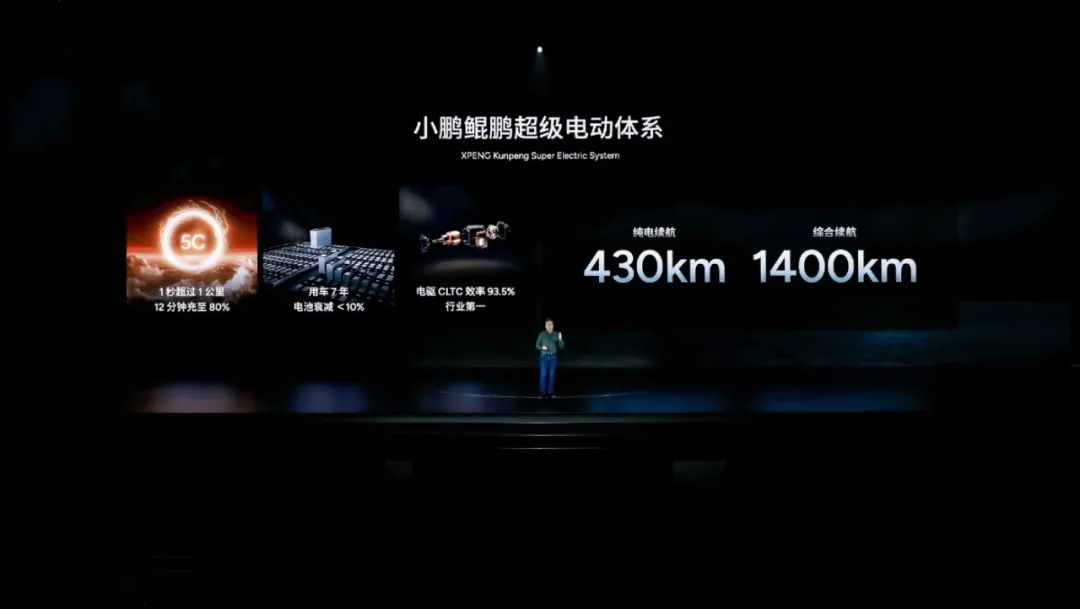
Another significant variable differs markedly from conventional evolution. In recent years, the new energy vehicle industry has quickly adopted the "strong point number" approach from the smartphone industry, exemplified by Lei Jun's strategy for Xiaomi products: new, unique, and fast. These products offer new and prominent technical requirements compared to industry leaders, iterating rapidly.
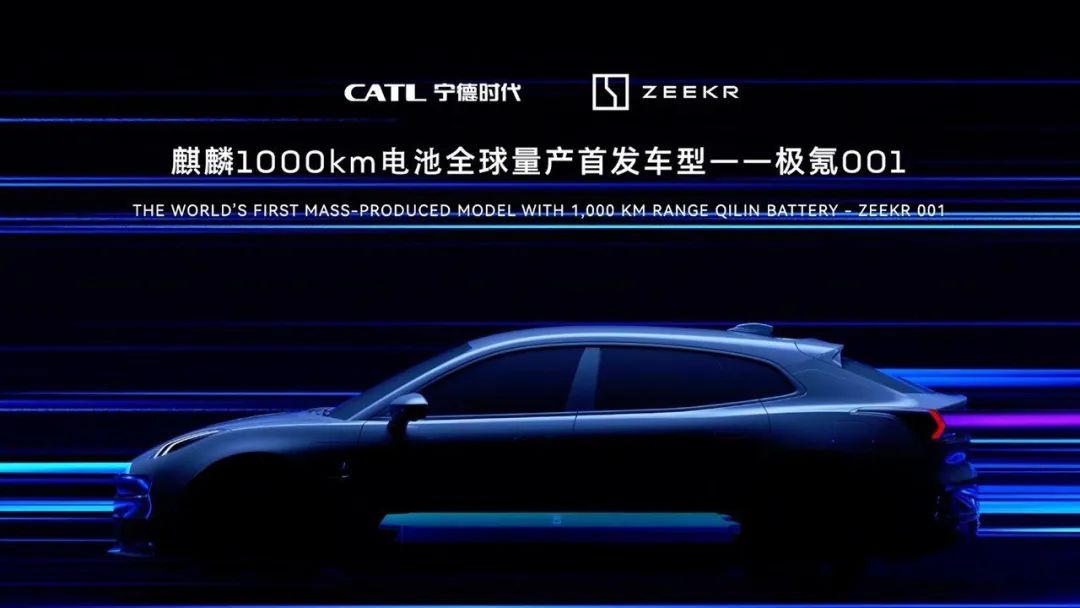
However, reversing this logic based on sales, the success rate is not absolute and may even have adverse effects. For instance, pure electric vehicle range figures have continued to rise in recent years. In 2023-2024, many third-party range rankings were released, with top models including Zeekr 001, RDI, Zeekr 009, JiYue 07, Zeekr 007, ZhiJie S7, and ZhiJi L6. Notably, these top models generally perform poorly in sales, except for Zeekr 009, which targets socializing and safety rather than commuting.
In the new round of models, while range figures remain important, they are more restrained compared to previous years, with some cases even understating range figures in pursuit of "solid endurance".
The following key data points illustrate this trend change:
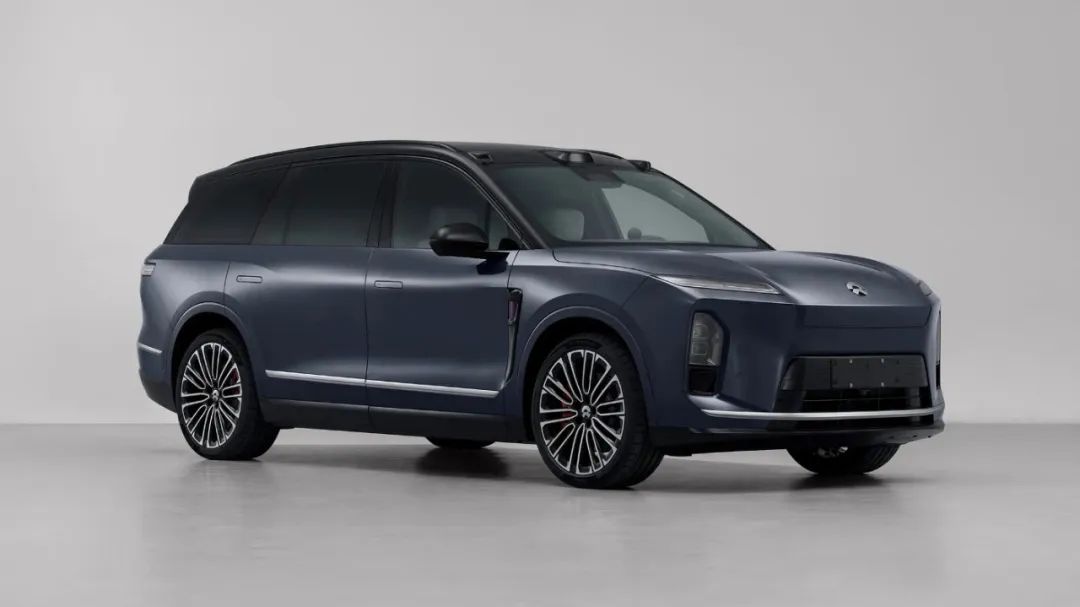
1. Third-generation NIO ES8: 102kWh battery pack, total battery mass of 545kg, curb weight of 2630kg, CLTC pure electric range of 635 kilometers.
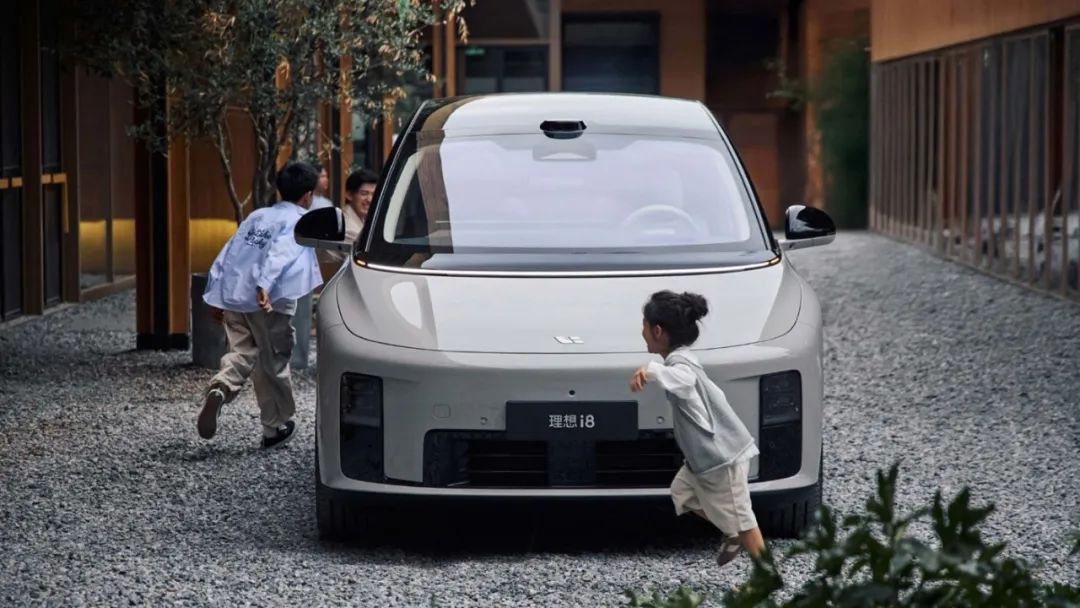
2. Lixiang i6: 87.3075kWh battery pack, total battery mass of 620-622.8kg, curb weight of 2395-2515kg, CLTC pure electric range of 660, 710, and 720 kilometers across three versions.
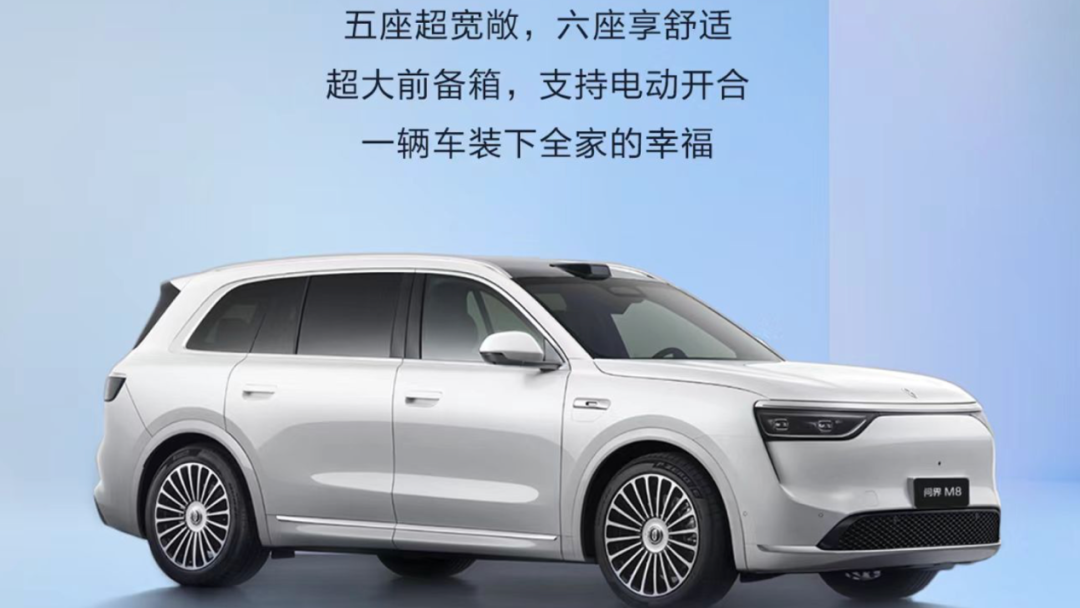
3. Wenjie M8 pure electric version: 100kWh battery pack, maximum CLTC range of 705 kilometers.
4. Enjoy S9T: 100kWh pure electric battery pack, maximum CLTC range of 801 kilometers.
From these four pure electric products, it's evident that they prioritize solid endurance and a range advantage rather than absolute numerical superiority. Even reducing vehicle drive power significantly to increase range figures is becoming common.
Comparing these new technologies with existing ones highlights the contrast.
For example, Xiaopeng G9, smaller and lighter than Lixiang i6, has a curb weight of 2196-2285Kg and a larger battery capacity. Its rear-wheel-drive entry-level version has a 79kWh battery and a CLTC range of 625 kilometers, the rear-wheel-drive upgraded version has a 93.1kWh battery and a CLTC range of 725 kilometers, and the all-wheel-drive version has a 93.1kWh battery and a CLTC range of 680 kilometers.

Even Lixiang i6's lightest curb weight is over 100kg heavier than Xiaopeng G9, with a battery capacity of 87.3075kWh. Despite being heavier and having a smaller battery, its final range exceeds that of Xiaopeng G9: 710, 720, and 660 kilometers versus Xiaopeng G9's 625, 725, and 680 kilometers.
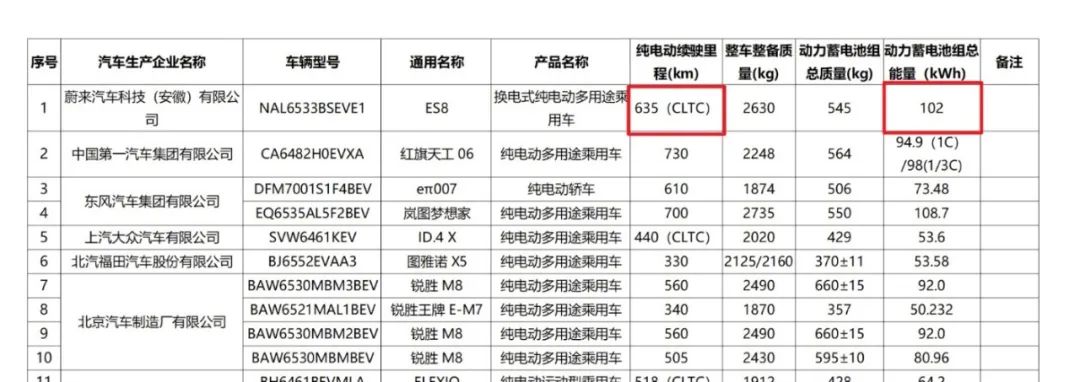
The third-generation NIO ES8 also boasts impressive technical highlights, achieving the lightest battery weight with a 102kWh capacity. For instance, compared to Ideal's battery pack, it reduces weight by over 100kg despite having a higher capacity.
Despite its larger size, NIO ES8's energy consumption is comparable to the smaller Lixiang i6.
The good news is that with the advent of new technologies, electric energy utilization is constantly improving. Automakers can now use smaller batteries to reduce costs and offer lower prices, indicating an imminent reshuffle in the market above 200,000 yuan.
Converted, the new technologies offer about a 100-kilometer advantage in pure electric endurance compared to similar 2024 models with roughly the same battery capacity.
Two more important factors are at play: changes in low-priced pure electric vehicles and extended-range/plug-in hybrid vehicles. Fortunately, low-priced pure electric vehicles remain largely unchanged, while extended-range and plug-in hybrid vehicles are also poised for a reshuffle, logically aligning with pure electric vehicles.
More extended-range models will use large batteries, but differences in range extender technology will create significant competitive disparities.
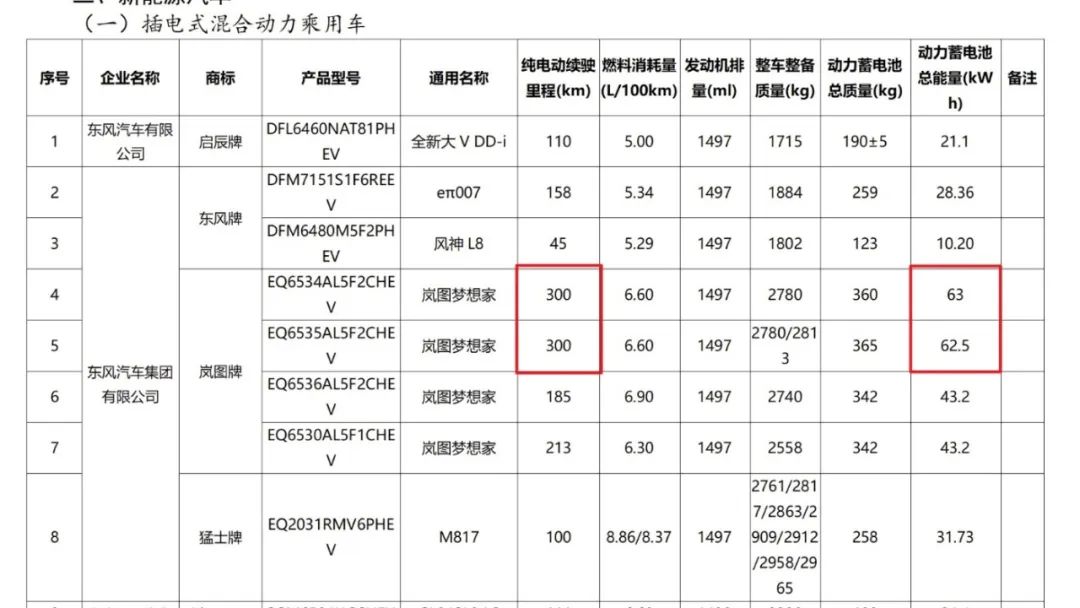
The latest Voyah Dreamer uses 62.5kWh and 63kWh batteries for a CLTC pure electric endurance of 300 kilometers, while the Zeekr 9X comes with a 70kWh battery offering a CLTC pure electric endurance of 380 kilometers. Notably, both have strong expertise in internal combustion engine technology. The Zeekr 9X's range extender has a maximum power of 145kW, exceeding many vehicles' output power.
Comparing these technologies with already launched, high-sales models, the Li Xiang L9 uses a 52.3 kWh battery for a CLTC endurance of 280 kilometers, trailing the Dreamer year-on-year. Similarly, the AITO Ask M9 uses a 52 kWh battery for a CLTC endurance of 266-290 kilometers.
Due to their long market presence, many users have drawn conclusions about discounted pure electric endurance and high fuel consumption, issues expected to be resolved in new models launching in the second half of 2025.
Final Thoughts
Just like the fierce competition among smartphones a few years ago, smart cars are now entering a battle of efficiency, moving beyond the initial stage of competing on parameters.
Those that are not efficient enough or merely stack parameter numbers will be left behind.
Essentially, with car prices consistently reaching new lows and price figures consistently bottoming out, this aspect has minimal influence on new customers. Even fuel vehicles have mounted a certain comeback in the first half of 2025.
If automotive executives remain fixated on the outdated strategy of stacking materials and slashing prices, it will prove largely ineffective. While it is important to attract new users, it is equally clear that those who can retain old users will have the new business mantra. From this perspective, the survival conditions of Huawei Hongmeng Smart Mobility, Xiaomi, Leapmotor, NIO, XPeng, and Li Auto differ significantly from what they appear to be. This is because some of these companies struggle to retain their existing car owners.





